Kevin Giek is a remarkably chipper chap, considering that he has one of the toughest jobs in the automotive industry.
In his 23 years at Weissach, he has worked pretty much everywhere except the canteen, had a hand in the development of some of Porsche’s most influential cars and, most recently, headed a brutal development programme for the new Taycan in which millions of miles have been covered, in all corners of the world and in the most extreme conditions.
This latest exploit could be the most important yet – and not just for him, as director of the Taycan model line, but also for his employer. Arriving four years after the launch of the original Taycan and mere weeks after the unveiling of its SUV sibling, the Macan EV, this is a crucial piece in Porsche’s electrification puzzle as it eyes 80% of its sales being electric by 2030.
When it was launched, the original Taycan – compellingly specified and relatively peerless as it was – had something of an easy ride. The new version won’t.
After all, this is a saloon/estate that in just 48 months has sold more than 150,000 examples worldwide, is now Porsche’s best-seller in the UK (incidentally the biggest market globally for the Taycan last year) and, perhaps most importantly, ranks consistently as one of the best-handling and most engaging electric cars on the market.
Even at the point in a car’s life when a traditional facelift would usually be called on to sustain its appeal, the Taycan doesn’t feel especially in need of revitalisation.
But new rivals seem to appear on a daily basis. There are the obvious contenders like the top-link BMW i4 and Mercedes-Benz EQE, but even some flavours of electric Hyundai and Kia now come pretty close in raw performance and utility terms, while would-be buyers overseas are no doubt having their heads turned by the likes of the Lucid Air and Nio ET7. Not to mention intimidating newbies like the Lotus Emeya and Polestar 5…
The Taycan’s raw statistics still stand it in good stead, but the emergence of new technologies, new learnings and new feedback all create opportunities for enhancement that might not be desperately needed – but will surely be welcomed by customers.
Giek references the six-decade (and counting) evolution of Porsche’s longest-running model as a benchmark for how tangible and useful improvement can be achieved on this basis: “After 60 years, we always find improvements for our icon, the 911. Every day we find another improvement, and like this we’re developing all our cars.
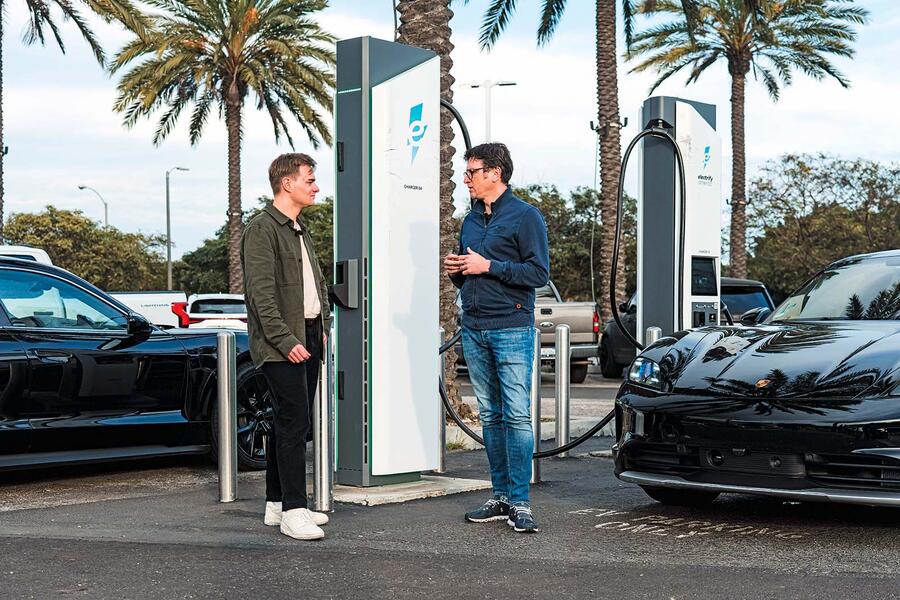
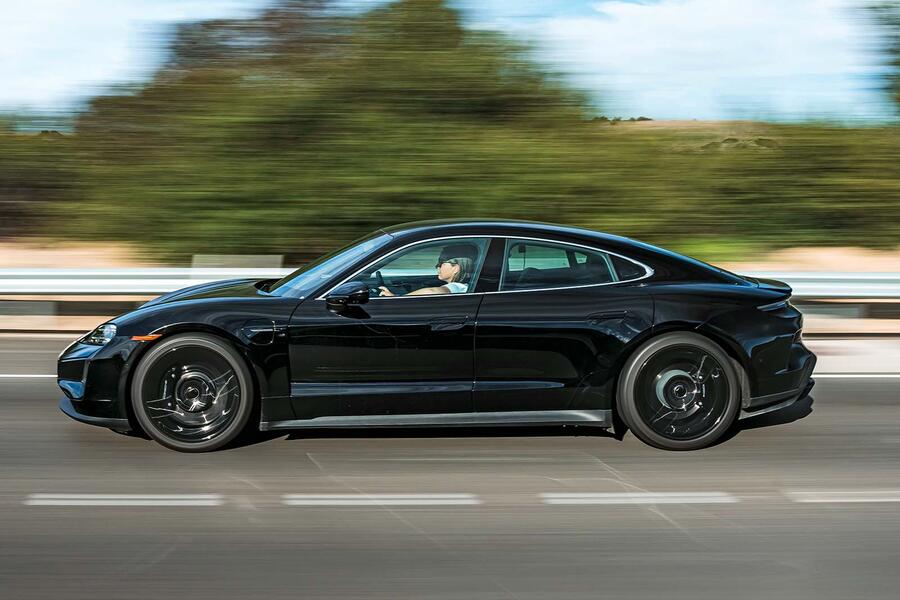
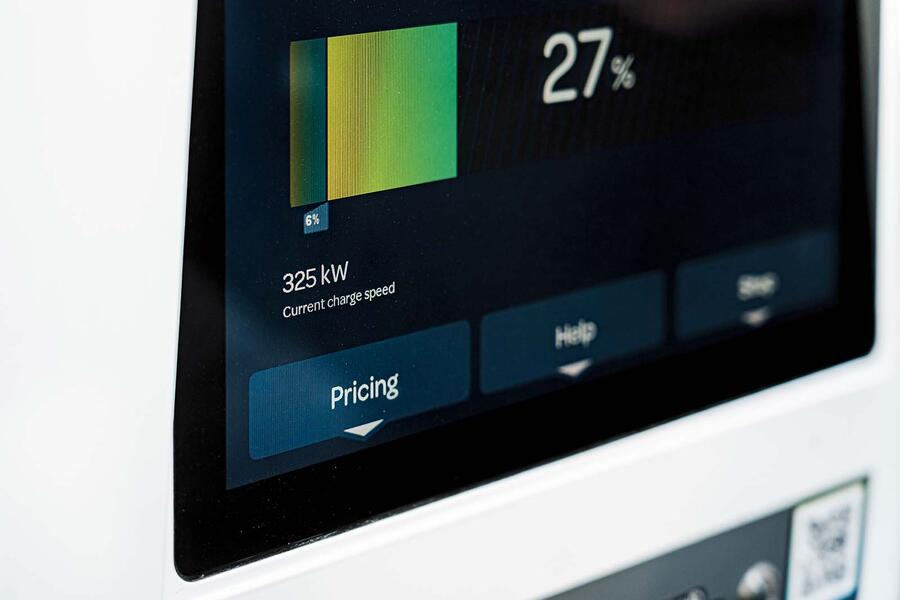
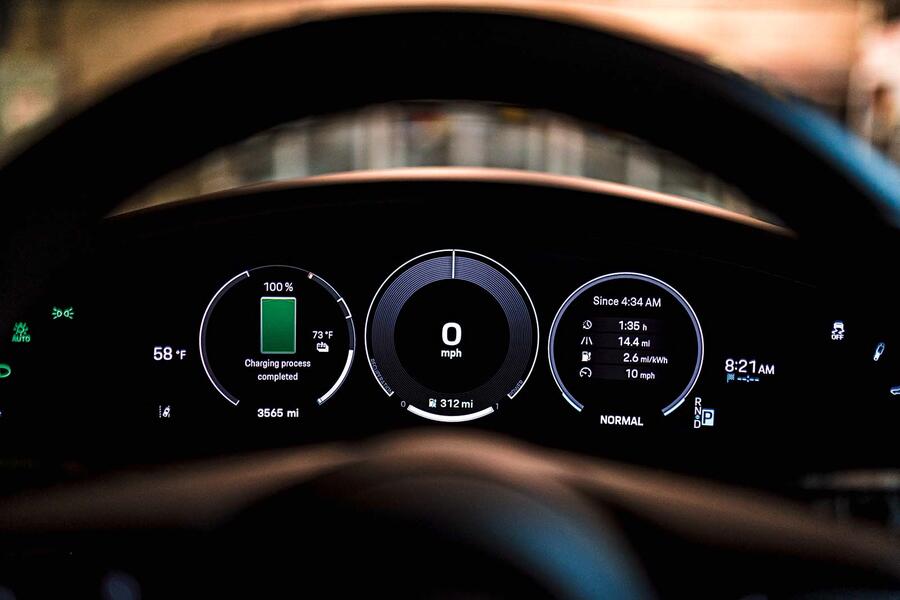
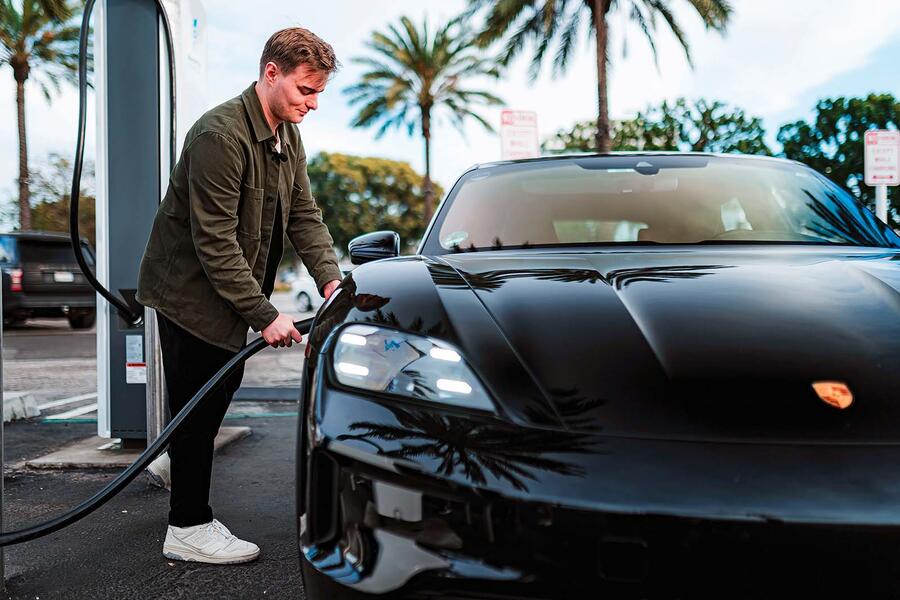
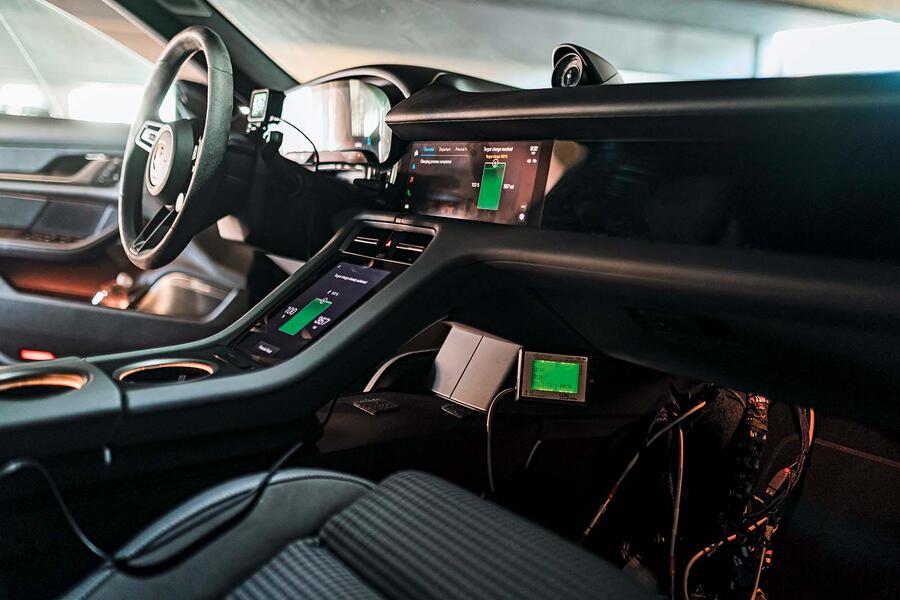
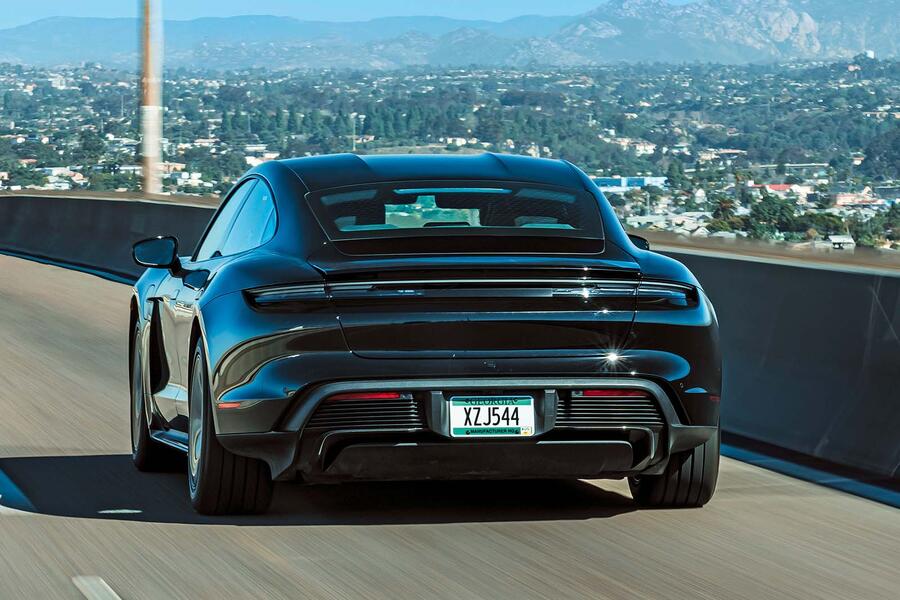

Join the debate
Add your comment